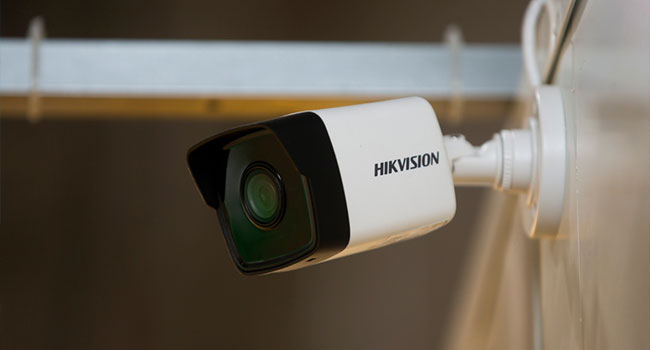
Deadline Looms: Integrators to sever ties with Hikvision, Dahua
The government has mandated that integrators interested in doing business with them must eliminate all Hikvision and Dahua products from their supply chain by Aug. 13. This falls under a new interim Federal Acquisition Regulation (FAR).
FAR specifically states that the Defense Department, GSA and NASA have issued the guidance and expect integrators to comply if they want to continue the government business relationship. The rule also applies to anyone in the supply chain working with Huawei and ZTE Corp. Hytera Technologies also is included. All three are part of the telecom business.
The rule formally implements Part B of Section 889 of the 2019 National Defense Authorization Act. This bars federal agencies from entering into, extending or renewing contracts with entities that use equipment from the aforementioned companies “as a substantial or essential component of any system, or as critical technology as part of any system.” Part A prohibits the heads of federal agencies from procuring products from any of these firms directly.
One of the biggest questions facing the industry after the purchasing ban went into effect last year was whether or not Part B would only apply to integrators as it pertained to their work in the government market or as a whole however this FAR applies to contracts across the board.
The Part B rule, which only applies to prime contractors, does give agency heads the ability to grant a one-time waiver on a case-by-case basis that will expire no later than Aug. 13, 2022. The government estimates that it will cost contractors more than $80 billion to comply with the rule.
According to the FAR, “This prohibition applies at the prime contract level to an entity that uses any equipment, system, or service that itself uses covered telecommunications equipment or services as a substantial or essential component of any system, or as critical technology as part of any system, regardless of whether that usage is in performance of work under a Federal contract.”
SIA issued a statement on Monday, calling for a delay on implementation of the interim rule.
Following the release of the interim rule Friday, July 10, 2020 (read SIA’s preliminary analysis here), it is now clearer than ever that implementation of “Part B” of Section 889 under the National Defense Authorization Act (NDAA) of 2019 – must be delayed.
The federal government estimates that it will cost contractors well above $80 billion to fully implement this prohibition on the use of certain Chinese telecommunications and video surveillance equipment. Yet endless delays in publishing the rule now means that federal suppliers have just weeks to understand and comply with the new rule, which raises as many questions as it answers.
Federal suppliers across a wide range of industries have increasingly concluded that Part B is unworkable without clarification of the scope and meaning of key terms in the provision, which the rule does not do enough to define. For example, Part B bans agencies from contracting with a provider that “uses” any covered equipment or service. This term is not clearly defined in law or regulation, yet contractors must certify compliance beginning August 13, 2020.
It’s clear from the interim rule that more time is needed to resolve these uncertainties and ensure thorough, worldwide compliance consistent with the objectives of Section 889 – amid the pressing responsibilities of businesses and government agencies dealing with the impact of the coronavirus pandemic. SIA supports the growing efforts by leaders in the U.S. House, U.S. Senate and the Administration to address these issues and implement a timeline that allows for sufficient public input and collaboration to ensure key protections for federal networks, facilities and supply chains can be implemented successfully.